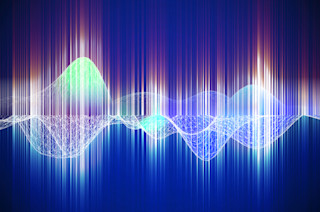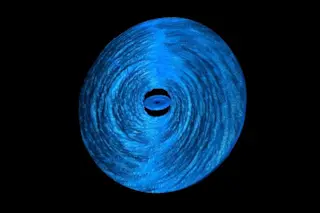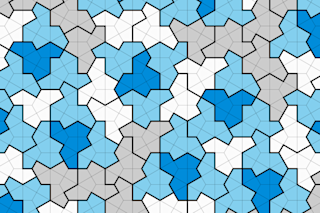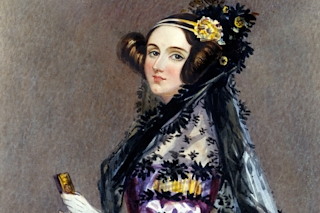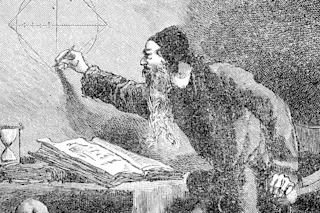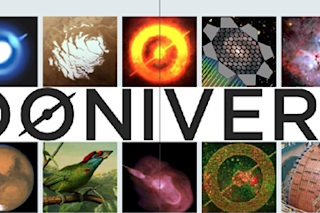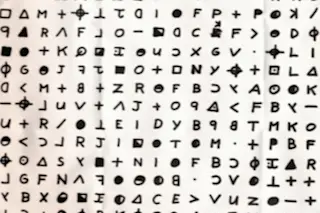One of the unsung foundations of modern civilization is the ability to detect oscillating fields, be they radio waves, visible light, x-rays, magnetic fields, gravitational waves among the countless varieties. It is no exaggeration to say that our 21st century lives depend on this ability. So it should come as no surprise that physicists would like to do this with ever increasing accuracy and sensitivity.
In recent years, they have learned how to use the strange properties of quantum particles to make measurements limited only by the Heisenberg uncertainty principle. This places important limits on the precision with which certain quantum properties can be known.
But by using tricks like quantum entanglement and quantum error correction, they can squeeze this limit further, making it possible to sense oscillating fields, such as gravitational waves, that are so weak they would be impossible to measure by other means. But physicists would dearly love to do better.
Computational Sensing
Now Richard Allen at the Massachusetts Institute of Technology in Cambridge and colleagues say exactly this is possible by combining the power of quantum sensing with another bizarre property of the quantum world — its ability to perform powerful calculations via quantum computation.
Their findings not only improve existing sensing techniques but establish a new fundamental limit that defines the ultimate precision with which an oscillating field with an unknown strength and frequency can be detected.
In this way, they say, it is possible to significantly beat the currently accepted limits on sensing. “We present a quantum computing enhanced sensing protocol that outperforms all existing approaches,” say Allen and co.
The traditional way to detect an unknown oscillating field is to sample its strength at regular intervals at a known frequency, then at another known frequency and so on. Scanning through the frequencies in this way should eventually find a match with the unknown signal.
But Allen and co realized that quantum computing allows an entirely different type of search using a quantum approach known as Grover’s algorithm. This uses the quantum phenomenon of superposition to search many frequencies at once.
Physicists have long known that a search through a list of N objects takes a time proportional to the order of N. Grover’s algorithm does it much faster, in a time of the order of the square root of N.
Allen and co’s breakthrough is to realize that Grover’s algorithm is a game changer because quantum sensing is a search through a number of frequencies. By combining quantum computing with quantum search, the team have established a new bound on how precise quantum search can become. They call this the Grover-Heisenberg limit.
The team also show how to implement their approach. One quantum system that is particularly sensitive to external fields is nitrogen-vacancy centers in diamond. These use the quantum properties of electrons to measure changes in an external magnetic field.
And because nitrogen-vacancy centers can be built into quantum computers, this information can also be processed easily. The result is a solid-state machine in which quantum sensors and quantum processors are integrated.
They go on to simulate how such an experiment would work and that it would significantly outperform existing techniques. “We have shown that by augmenting quantum sensors with a quantum computer, significant metrological gains are achievable,” they say.
Proof-Of-Principle
That’s interesting work that can be put to good use immediately using current technology. What’s needed now is for somebody to try it. That, presumably, will not take long.
But perhaps more significant is that the technique paves the way for a new approach to sensing: “By co-designing metrological codes with novel sensing protocols, the resulting logical quantum sensors could robustly interface with the physical world at the hardware level, opening new possibilities in quantum sensing,” they conclude.
That means we’re likely to see computational sensors in areas as diverse as magnetic resonance imaging for biological imaging, for dark matter searches and for the detection of gravitational waves—to name just a few. And we’re likely to see it soon!
Ref: Quantum Computing Enhanced Sensing: arxiv.org/abs/2501.07625


